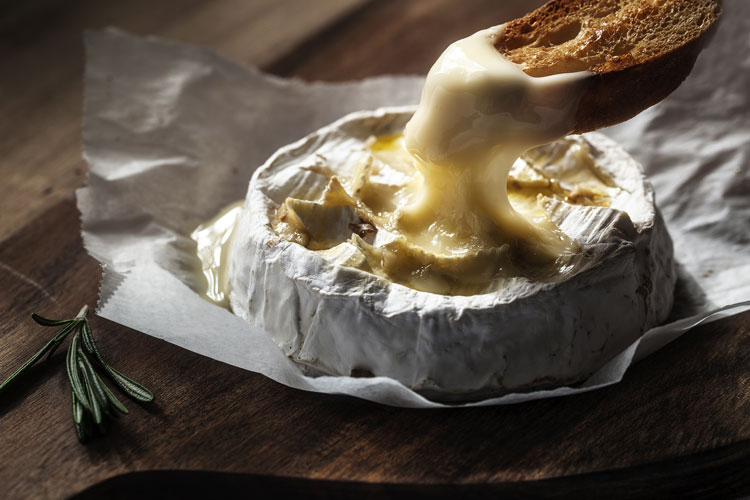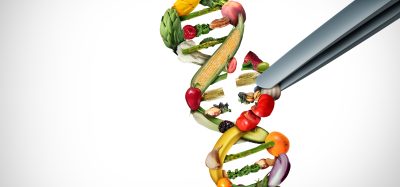Domesticated mould is responsible for prized Camembert cheese
- Like
- Digg
- Del
- Tumblr
- VKontakte
- Buffer
- Love This
- Odnoklassniki
- Meneame
- Blogger
- Amazon
- Yahoo Mail
- Gmail
- AOL
- Newsvine
- HackerNews
- Evernote
- MySpace
- Mail.ru
- Viadeo
- Line
- Comments
- Yummly
- SMS
- Viber
- Telegram
- Subscribe
- Skype
- Facebook Messenger
- Kakao
- LiveJournal
- Yammer
- Edgar
- Fintel
- Mix
- Instapaper
- Copy Link
Posted: 14 October 2020 | Mandy Parrett (New Food) | No comments yet
Researchers in France have demonstrated the domestication process of the mould that’s responsible for the prized Camembert, Penicillum camemberti.


The eponymous French Camembert is a soft, creamy surfaced-ripened cheese made from unpasteurised cow’s milk and famed for its velvet white rind. Originating in the 18th century in the Normandy town, it has long held a place on many a cheeseboard.
The white, fluffy layer that covers Camembert is made of a mould resulting from human selection, similar to the way dogs were domesticated from wolves.
A new study involving French scientists from CNRS has highlighted, through genomic analyses and laboratory experiments, that the mould Penicillium camemberti is the result of a domestication process that took place in several stages. The research involved collaboration between the Ecology, Systematics and Evolution laboratory at Université Paris-Saclay-AgroParisTech and the Biodiversity and Microbial Ecology laboratory at the Université de Brest, Plouzané.
According to their paper, a first domestication event resulted in the blue-green mould P. biforme, which is used, for example, for making fresh goat’s cheese. A second, more recent domestication event resulted in the white and fluffy P. camemberti.
Both domesticated species show advantageous characteristics for maturing cheese compared to the wild, closely related species: they are whiter and grow faster in cheese-ripening cellar conditions. In addition, they do not produce, or only in very small quantities, a toxin that is potentially dangerous to humans; and they also prevent the proliferation of undesirable moulds.
This research, published in Current Biology, may have an impact on cheese production, by steering the selection of moulds according to desired characteristics.









